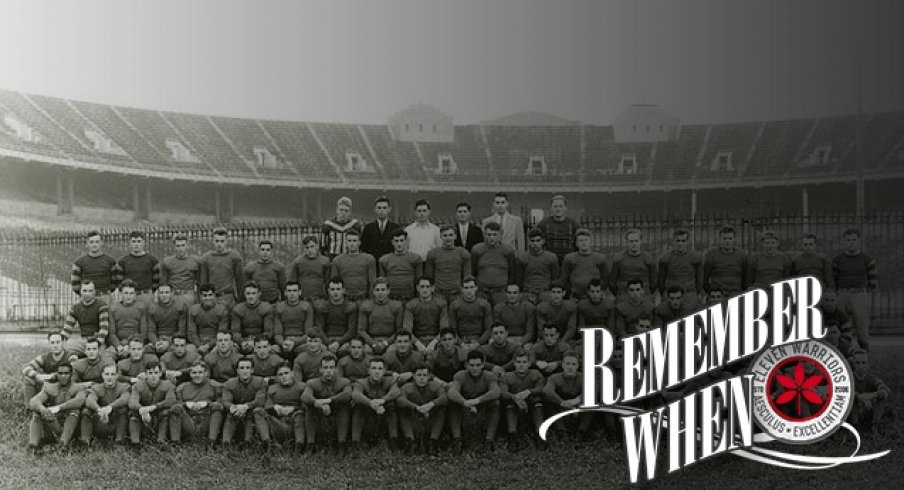Follow Eleven Warriors' journey through great to odd moments in Ohio State history with our series, Remember When?
These days, when universities and colleges schedule homecoming games, they do so with an eye for an easy victory in front of an alumni-heavy crowd that won't ruin the weekend festivities. (Stimulating the local economy after a home blowout loss only appeals to those already in the throes in an alcohol stupor.)
But it wasn't always this way. Back in 1931, when Ohio State played Michigan in the third game of the season and Seymour Simons' All of Me topped the charts, schools weren't hesitant to schedule a banger.
Though Ohio State wasn't the power we know it as today—Purdue won the Big Ten in 1931 (yes, you read that right)—it still went 5-2-1 in 1930.
The following year, the 4-2 Buckeyes were slated for a homecoming contest against the Wisconsin Badgers... in Madison. (I know what you're thinking, but no, House of Pain didn't release Jump Around until 1992. No worries, the years blend together for me too.)
Even more peculiar to the time, a Buckeye football captain, running back Stu Holcomb, penned an op-ed in The Lantern, the official voice of Ohio State students, previewing the weekend's showdown. Holcomb came to assure fans there were no big heads on a team that lost twice before November.
From November 13th, 1931:

Did you see Holcomb use the old writer's trick of throwing a bomb like "Wisconsin shouldn't be hard to beat," before walking it back? People run to explosions and stand enthralled at the aftermath. Some amateur writers will continue to throw bombs while the more talented will use that thrall to install the minutiae of their argument.
By the time the rubble is cleared, you're left with an argument that wasn't nearly as ridiculous as the original premise seemed. You might even agree with it.
Holcomb was no novice. He continued his argument:

The Buckeyes hard plugged the Badgers at Camp Randall that Saturday, 6-0, in front of 35,000 ultimately forlorn Buckys. Ohio State finished 6-3 overall on the season and fourth in the Big Ten; Wisconsin finished 5-4 and fifth in the conference.
Holcomb went on to show a latitude of skills throughout his life. After his Ohio State career, he got into coaching football (and basketball) at places like Findlay, Army (he was an assistant on Army's historical 1945 team), and Purdue.
After his coaching career, he got into administration. Northwestern named him athletic director in 1956, and he would go on to become general manager of the Chicago White Sox in 1973.
Don't forget to follow 11W on Facebook, Twitter, Instagram, Vine and YouTube.


